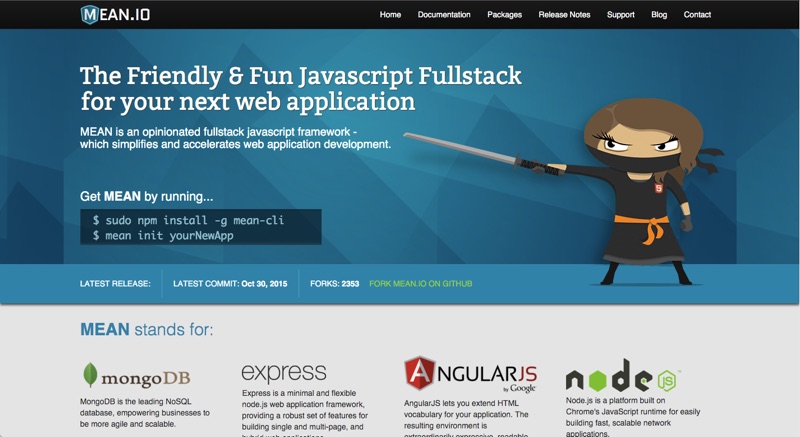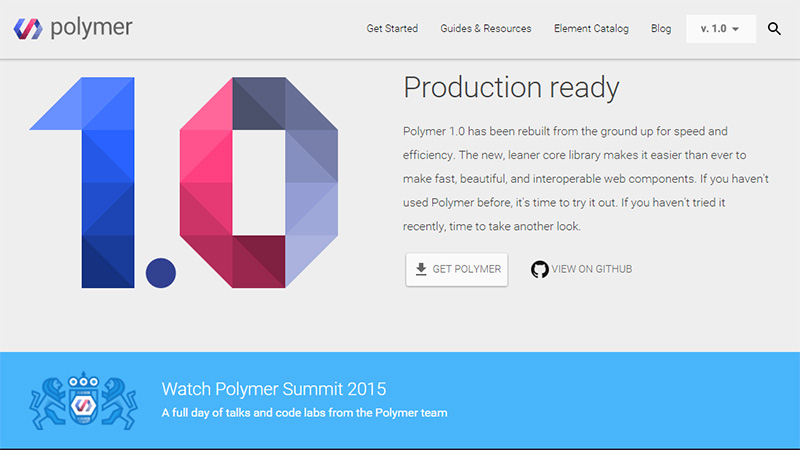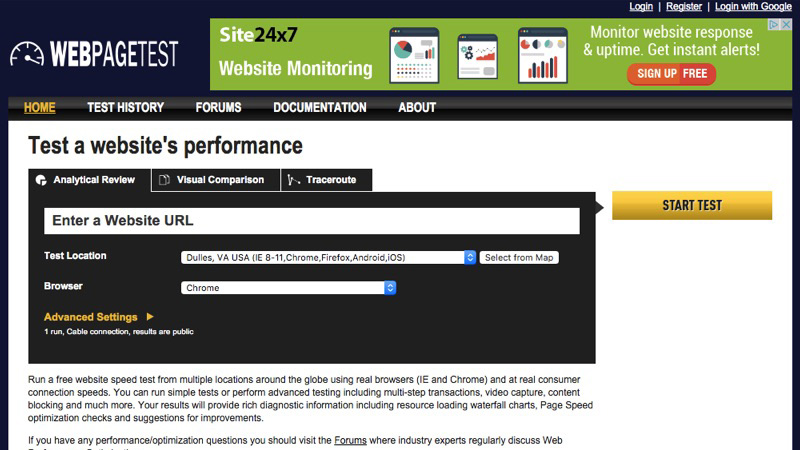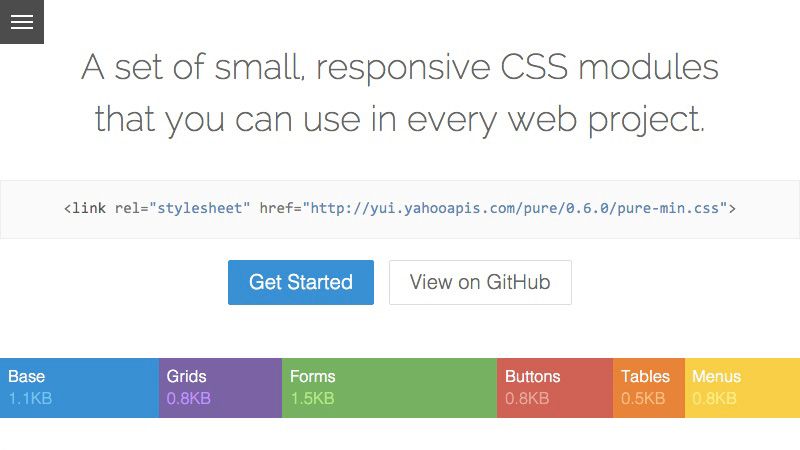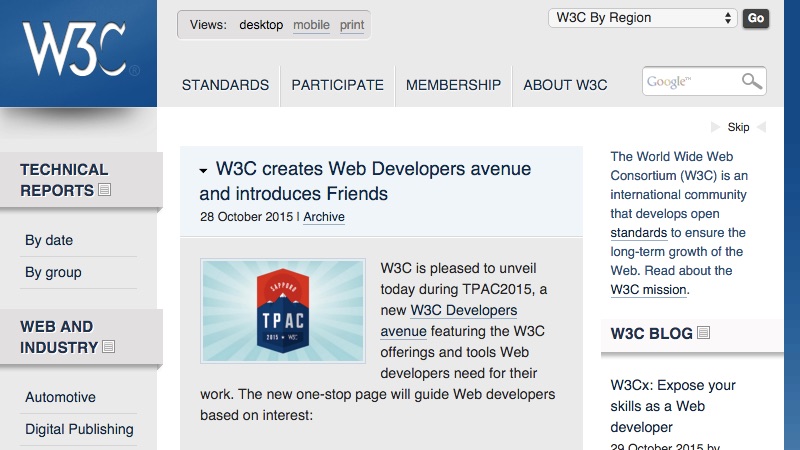
The Future of Web Design Again?
I know, you’ve heard it before. Probably every year too. Next year’s biggest web design trends will be <list goes here>. Well this isn’t going to be one of those articles. I’m not interested in rehashing some junk about how responsive design will be big (as it already is) or how minimalism will be the next big thing (again, everyone is doing it). I’m interested in the trends just around the corner we’re not quite at, but are getting closer to.
Within this article we’re going to explore these topics so you can get the gist of exactly where we’re heading as an industry. More importantly, I want to underline the value you can add to your role as a designer if you start reading about the subjects and begin integrating the fundamentals into your workflow. With frequent change in the design industry, there’s always something new to learn, so perhaps some of the below will interest you.
Up and Coming Web Design Trends
Display-less Interactivity
Currently, we have speech assistants like Siri and Cortana that turn data requests into aural feedback. With the Internet of things gaining momentum due to our increased connectivity, apps that provide not just for us but our environment will become increasingly useful. With web enabled devices (like watches) getting smaller, readability issues will need to be overcome by finding alternative means of consuming content naturally.
New Frameworks & Standard Deprecation
They say there are only two constants in life: death and taxes. Well when it comes to the Web, there’s only two constants in life: standards evolve and new frameworks appear. HTML5 replaced HTML4 (and XHTML) and React became the next big library after Angular, Node (and MEAN) and jQuery. With the pace of the Web there will always be a new toy around the corner. You could try reading draft W3C specifications to get ahead of the crowd.
Handcrafted “Custom” Elements
Creating custom HTML elements has already been around for a little while (since the formation of HTML5), and with the help of a framework like Polymer you can put something together with very little effort. However, currently, the number of people building and taking advantage of them is rather limited. In the near future I can see them becoming increasingly popular and used more frequently as an alternative for native applications.
Uniformity in the Essentials
Static website generators have been getting a lot of attention lately as a less server intensive and better performing option for serving straightforward sites to users. With the ability to generate a predefined boilerplate set to a specific style guide, I can see (in the future) a situation where all sites begin with the same core responsive template and start their design or development journey from a midway point (like a CMS user).
Simpler Format Shifting Content
How many times have you looked at your analytics and been amazed at how people interact with your content? Currently we produce content in one format, upload it to our site, and force visitors to consume it in the way we distribute it. In the future, due to the increasing diversity of devices, it will become increasingly important to let visitors transcode our content so it can be accessed easier (to a compatible video codec or plaintext).
Performance & Big Data Analysis
OK, performance is something that’s already being talked about to quite a large extent, and it’s certainly something everyone should be taking notice of. However, in the future, it’s not just bytes we’re going to be trying to crunch, it’ll be the numbers that go along with it. Working out the route users take to access data, trying to reduce menu sizes, loading content on-demand – all of this will push our need to save data further.
Jigsaw-like Component Framework
Everybody seems to love a good framework these days, the only trouble is that by utilizing something like jQuery you end up having to download and cache a hundred KB lump of JavaScript for perhaps only a few calls and requests. In the future I can see more libraries being decoupled into components that are compiled pre-upload based on the requirements of a site (in the same way that we pre-process multiple SASS imports into a CSS file).
Media Queries for Accessibility
Responsive design has offered us many solutions like flexible breakpoints. No longer do we need separate sites for desktop and mobile layouts or browser detection scripts. The trouble with accessibility is, it’s often down to an expensive piece of software to interpret the page correctly. Having something like media queries for specific impairments would let designers compensate by switching to alternative media – hassle free.
Smart-Memory Responsive Layouts
How often have you visited a website and wished that a certain item (say the search box) was located in the same place on all websites. While this isn’t currently possible, it perhaps isn’t out of the question to envision a future in which layouts can be customized by users, content hidden, and settings memorized with no need to use browser extensions. This would allow session data to be moved between devices and readability to be prioritized.
New Devices, Browsers & Hardware
Finally, if there’s one thing you’ll be guaranteed to see in the future of Web design, it’ll be new toys to cater your websites to. This will mean input devices like games console pads and joysticks, stylus’s, keyboards, mice, touch-screens, haptic devices, remote controls, cameras and even voice recognition. As for output devices, people will still be using printers and displays, except displays will range from TV’s to smart watches!
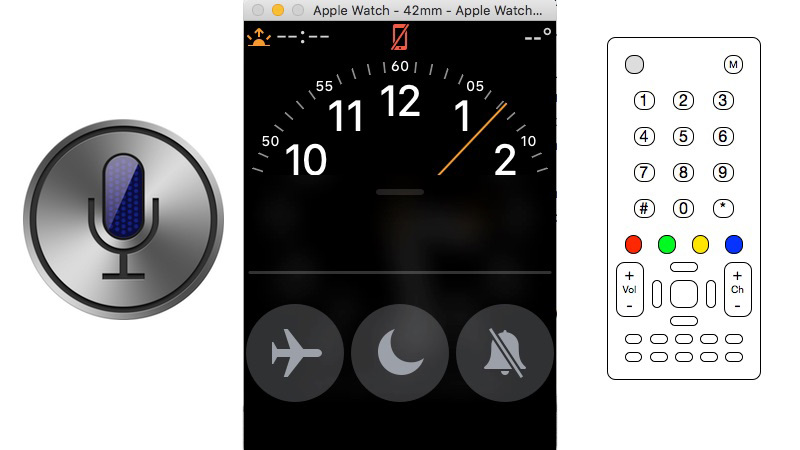
How To Stay Ahead
Keeping up with the changing pace of the Internet has never been easy, especially with the growth of new pre-processors, tools, libraries, and frameworks bringing ever more functionality and automation than before. The Web is what we make of it and as an open platform we have the power to both improve and enhance it as we wish; bringing change and new features as we require it.
Conclusion
Some of the above changes may take longer than others to become reality, but I predict that the majority will eventually end up as regular mainstays in our workflows. Perhaps some predictions won’t come true, however I’ve tried to remain as close to where things currently stand as possible.
Of course, with an industry as ever-changing as the Web, there’s no telling where time will take us, but that’s part of the fun of being a Web designer.


